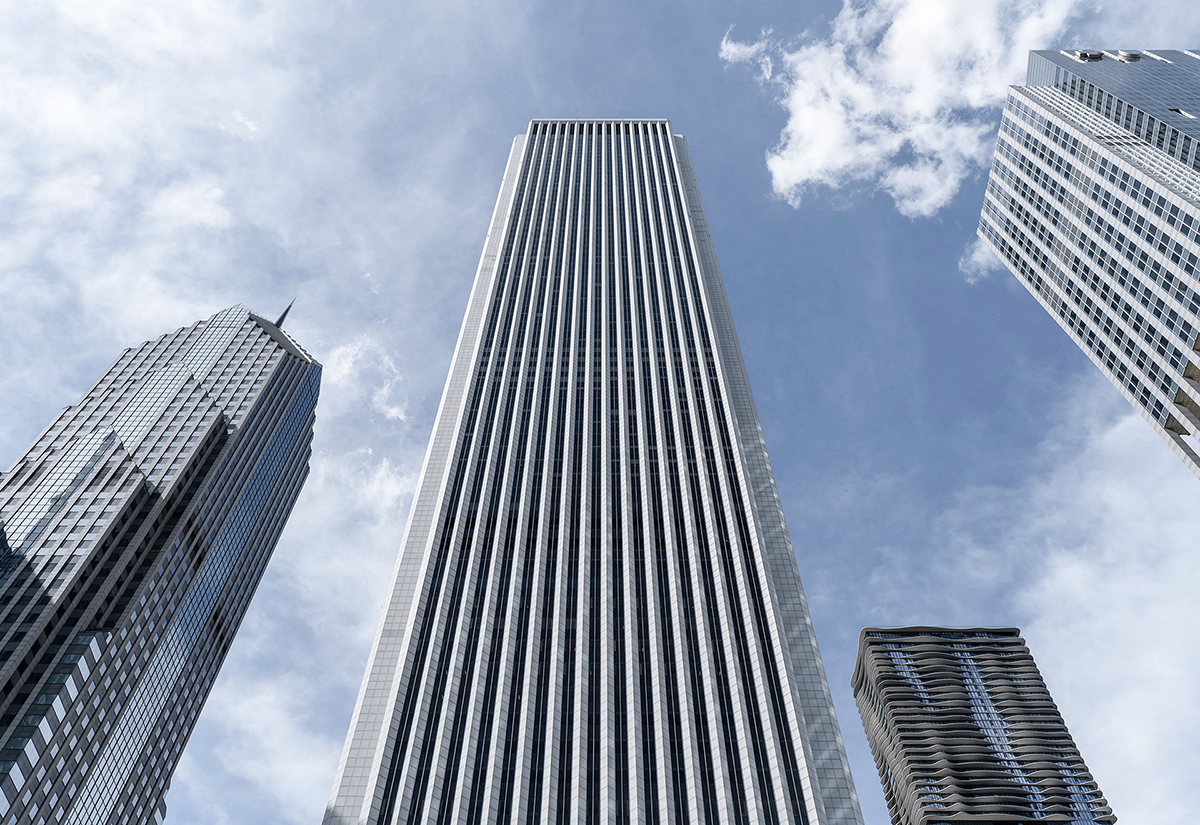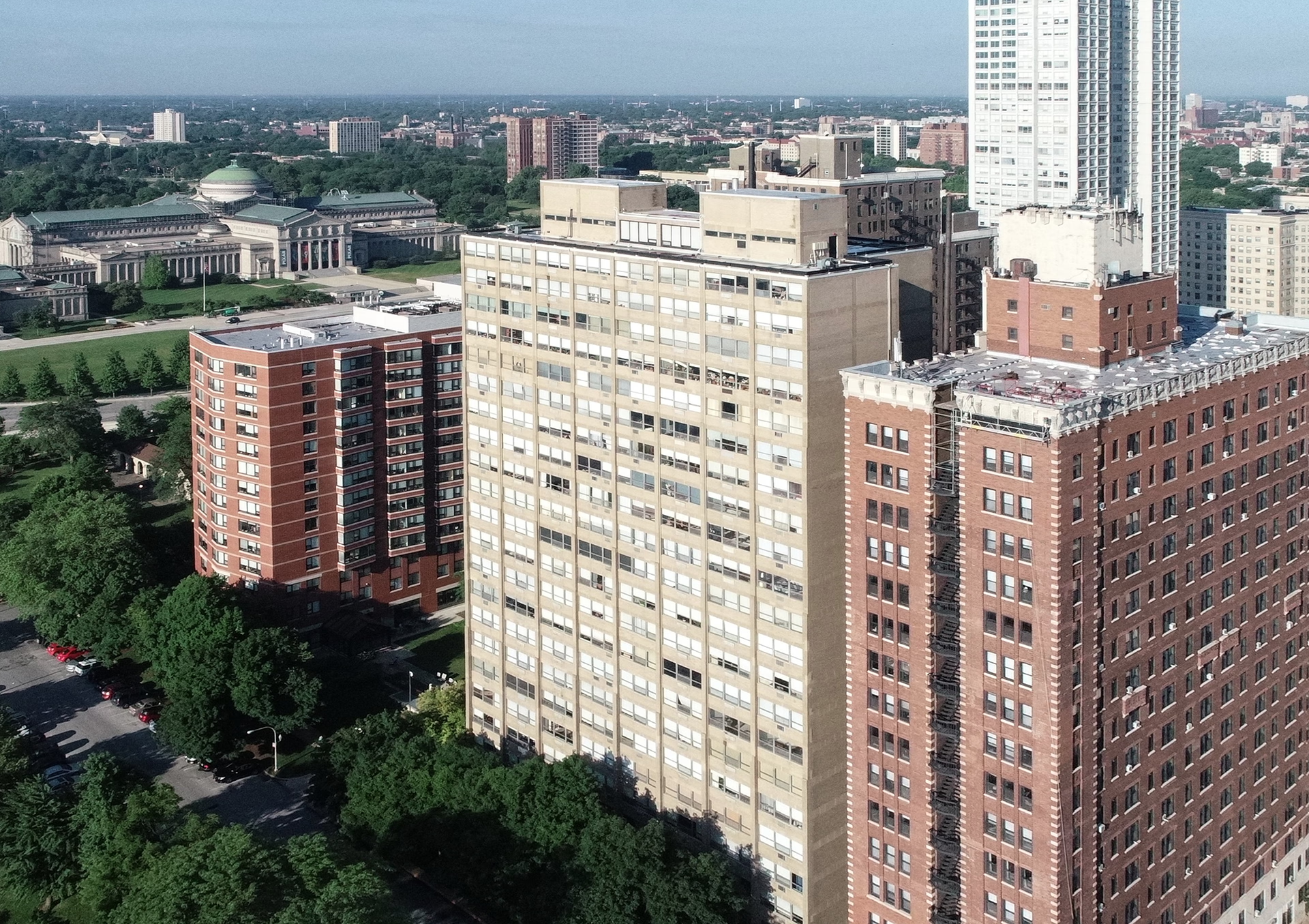Aon Center vs Promontory Apartments


Comparing the Aon Center and the Promontory Apartments is interesting because they both rise in Chicago, IL, yet they were conceived by two different design teams, Edward Durell Stone and Mies van der Rohe, and were completed at different points in time. They were finished over two decades apart.
This contrast within the same city allows us to see how different creative minds interpreted the evolving needs of Chicago across time.
Let's take a closer look!
Height & Size
The Aon Center is clearly the larger tower of the two, both in terms of height and number of floors. It rises to 1135ft (346m) with 83 floors above ground, while the Promontory Apartments reaches 218ft (66.5m) with 22 floors above ground.
Of course, each project may have faced different briefs or regulatory constraints, which we don't really know about and could also explain the outcome.
Architectural Style
Both the Aon Center and the Promontory Apartments were designed in line with the aesthetic conventions of the International Style style.
The Aon Center was designed at a moment when the International Style style was already in decline, making it more of a lingering expression of the movement. In contrast, the Promontory Apartments style was already in decline, making it more of a lingering expression of the movement. In contrast, the Promontory Apartments was built when the style still carried greater cultural weight.
Uses
The Aon Center is primarily commercial, while the Promontory Apartments is primarily residential.
The Promontory Apartments offers 122 residential units.
The Aon Center also provides 679 parking spaces.
Structure & Facade
The two buildings opted for different structural and facade solutions.
The Aon Center uses a Framed Tube In Tube system, which combines a strong central core with a perimeter tube of columns, while the Promontory Apartments uses a Frame system, that relies on a regular grid of columns and beams to sustain its weight.
And when it came to the facade, the Curtain Wall went with a Curtain Wall facade, which uses a lightweight glass curtain wall hung from the structure, while the Promontory Apartments opted for a Window Wall facade, that uses panels fitted between floor slabs, leaving slab edges visible.
| Aon Center | Promontory Apartments | |
|---|---|---|
| Edward Durell Stone | Architect | Mies van der Rohe |
| 1970 | Construction Started | 1947 |
| 1973 | Year Completed | 1949 |
| International Style | Architectural Style | International Style |
| Commercial | Current Use | Residential |
| 83 | Floors Above Ground | 22 |
| 5 | Floors Below Ground | 1 |
| 346 m | Height (m) | 66.5 m |
| Framed Tube In Tube | Structure Type | Frame |
| Steel | Vertical Structure Material | Concrete |
| Concrete | Horizontal Structure Material | Concrete |
| Yes | Facade Structural? | No |
| [ | Main Facade Material | Brick |
| Turner Construction | Main Contractor | Peter Hamlin Construction Company |
| Standard Oil Company Of Indiana | Developer | Herbert Greenwald |
| Otis | Elevator Company | Haughton Elevator Co. |
| Perkins & Will | Structural Engineer | Frank Kornacker |
| IL | State | IL |
| Chicago | City | Chicago |
| 200 E.Randolph Street | Address | 5530–5532 South Shore Dr. |